Excursions
Several excursions to a wide range of locations will take place. You will be able to choose between different packages – containing a scientific and a cultural part – during registration. Please note that there is a limited number of places for the different excursions and be aware that you need to pay a small extra fee for some of the cultural excursions.
-
Option 1
Scientific part: MetOffice
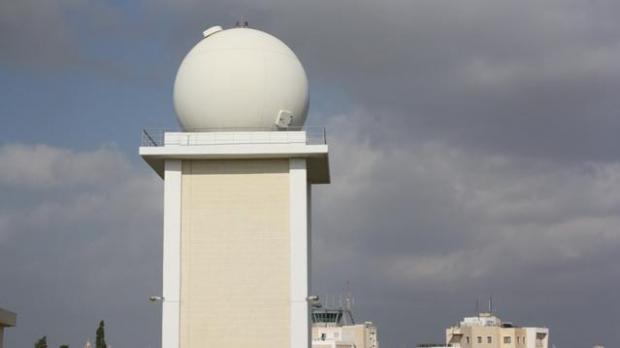
The Maltese Methrological Office within the Malta International Airport provides a range of comprehensive and authorative products and services including 5 day forcasts, Marine forcasts, radar and satellite data and imagery, detailed weather data from various localities in Malta and Gozo, data for renewable wind and solar energy services, weather warning and hazards services (both civil and marine) as well as general monthly summaries.
The Maltese Methrological Office’s database is based on more than 5 million readings per year, each made up of several weather parameters. Mainly updated every minute, and every day of the year, these system provides a unique level of accuracy and information in its reporting.
Cultural part: Ħaġar Qim
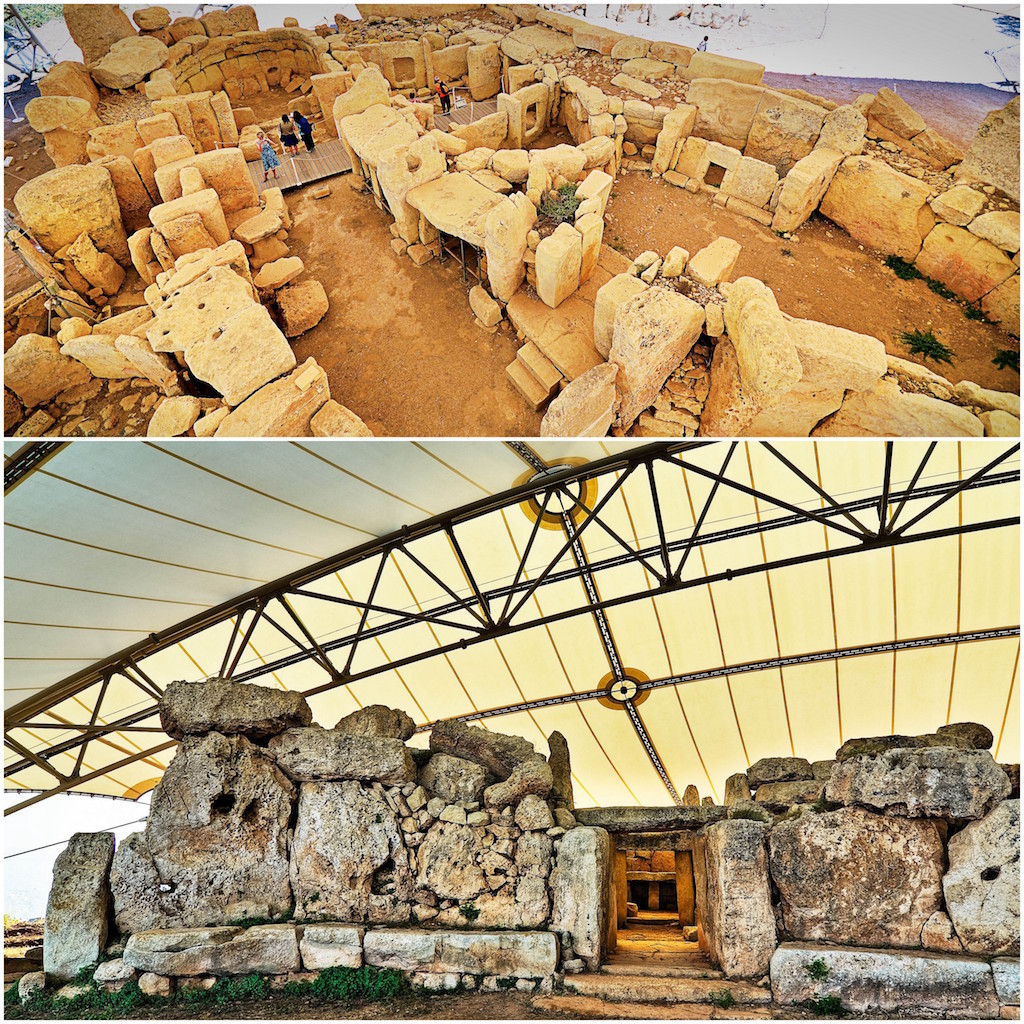
Ħaġar Qim is a megalithic temple complex found on the Mediterranean island of Malta, dating from 3600-3200 BC. This Megalithic Temple is amongst the most ancient religious sites on Earth, described by the World Heritage Sites committee as "unique architectural masterpieces." In 1992 UNESCO recognised Ħaġar Qim together with three other Maltese megalithic structures as World Heritage Sites.
-
Option 2
Scientific part: MCCAA - Metrology Directorate
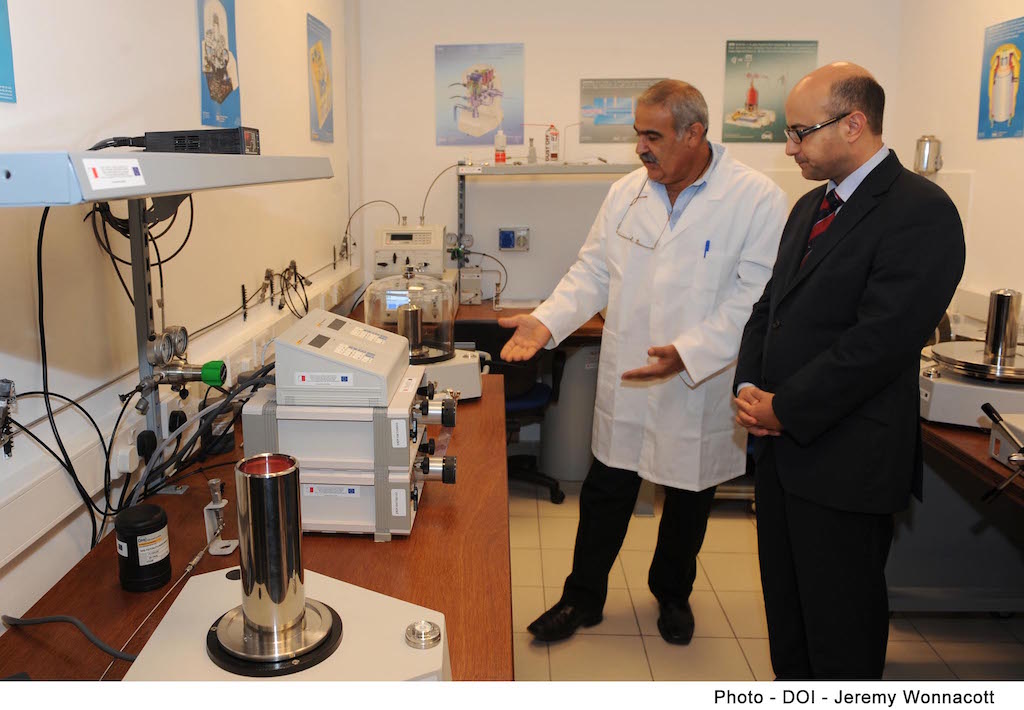
The Metrology labs at Kordin Business Incubation Centre have been progressively built up as of 2004. Today these facilities are capable of calibrating seven measurement quantities supported by state of the art equipment and highly skilled scientists and technicians. The fields of operation are in: Mass, Pressure, Length, Temperature, Electricity, Humidity, Time and Frequency.
Cultural part: Maritime Museum

The Malta Maritime Museum is housed within the Old Naval bakery in Vittoriosa, it drafts Malta’s maritime history which is tightly bound to Mediterranean Sea. It also illustrates the global nature of seafaring and its impact on society from July 1992. The museum houses numerous artefacts highlighting different epochs, shaping Maltese seafaring through paint, charts, evidence and sea technology evolution. It shows Malta’s maritime history from prehistory to the present day.
-
Option 3
Scientific part: Life Sciences Park Malta
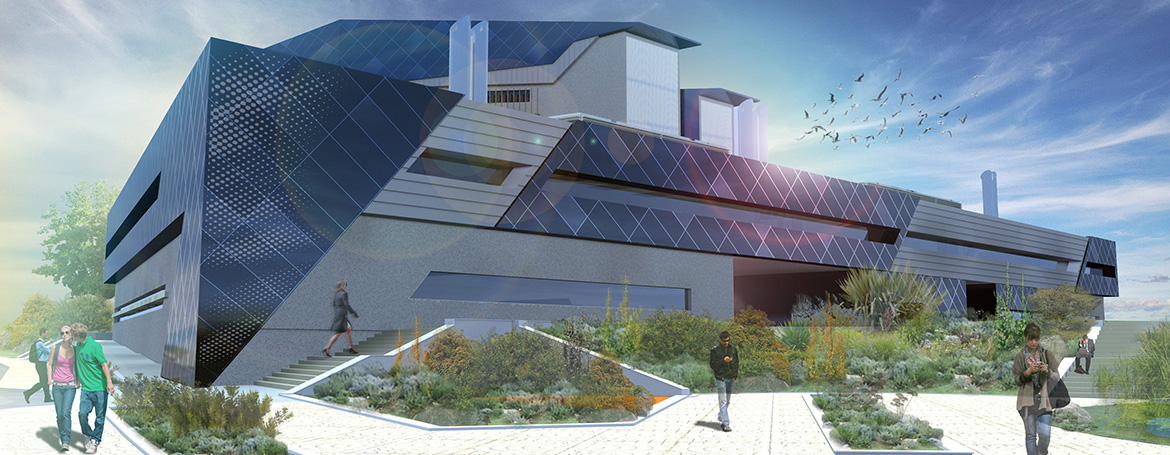
Malta’s Life Sciences Park offers locations for start-ups and existing companies and is geared towards advanced pharmaceutical research and business development. The Park’s goal is to intensify cooperation in the areas of education, research and innovation by providing state of the art infrastructures, creating access to scarce expertise and increasing access to grants and funds. In doing so the park’s mission is to become a leading district in the coming years. Ultimately, The Life Sciences Park represents a focal point connecting university students, researchers, lecturers, hospital professional staff and industry to interact and establish new technology and research-based firms as well as clusters.
Malta’s Life Sciences Park will be providing world class facilities including laboratories, offices, lecture theatres, meeting rooms and a number of perfectly equipped shared facilities, giving local and international organizations space to research, explore and create. This prestigious 11,000 sqm site set in a park-like environment, is strategically positioned nearby the island’s main recently built hospital, a new Oncology Centre and the University of Malta. This fast evolving zone is designed to inspire and support the development of both emerging and existing technology oriented enterprises, inventors and entrepreneurs and assists in making business competitive in the global market.
Cultural part: Għar Dalam
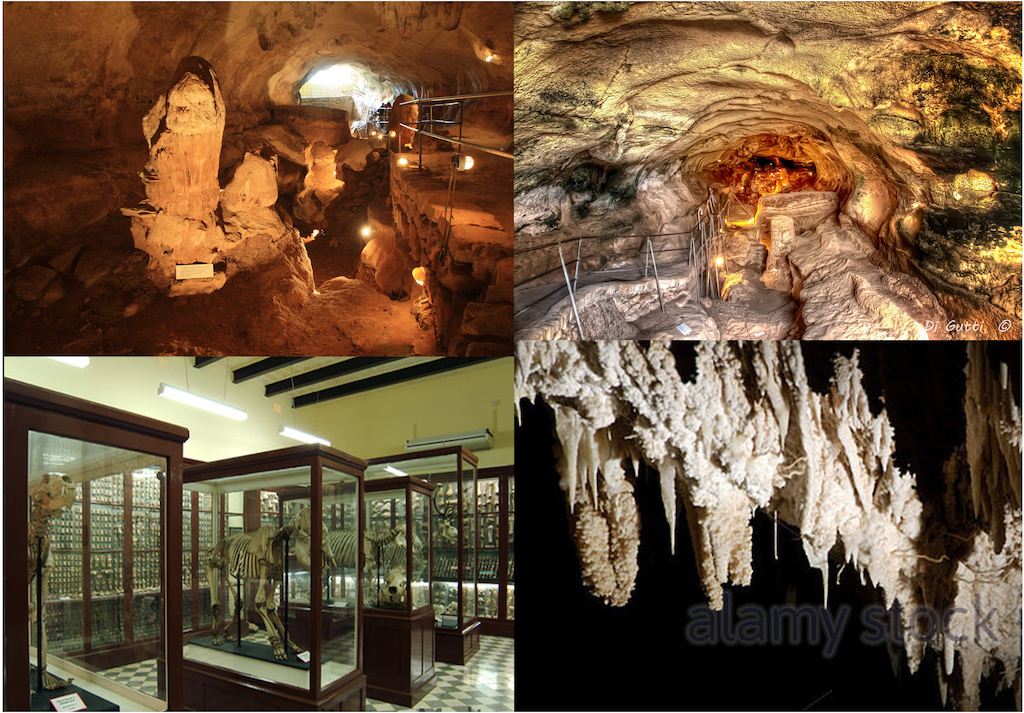
Għar Dalam’s relevance as a prehistoric site was discovered in the latter half of the 19th Century with a series of excavations unearthing animal bones as well as human remains and artefacts. The Cave is a highly important site for its Palaeontology, archaeology and ecology. The history of the cave and that of the Islands can be decoded from Għar Dalam’s stratigraphy. The lowermost layers, more than 500,000 years old, contained the fossil bones of dwarf elephants, hippopotami, micro-mammals and birds among other species. This layer is topped by a pebble layer, and on top of it there is the so-called ‘deer’ layer, dated to around 18,000 years ago. The top layer, or ‘cultural layer’, dates less than 10,000 years and holds evidence of the first humans on the Island. It was here that the earliest evidence of human settlement on Malta, some 7,400 years ago, was discovered.
The site consists of a cave, a Victorian style exhibition and a didactic display as well as a garden planted with indigenous plants and trees.
-
Option 4
Scientific part: Sentech Malta FP Ltd.
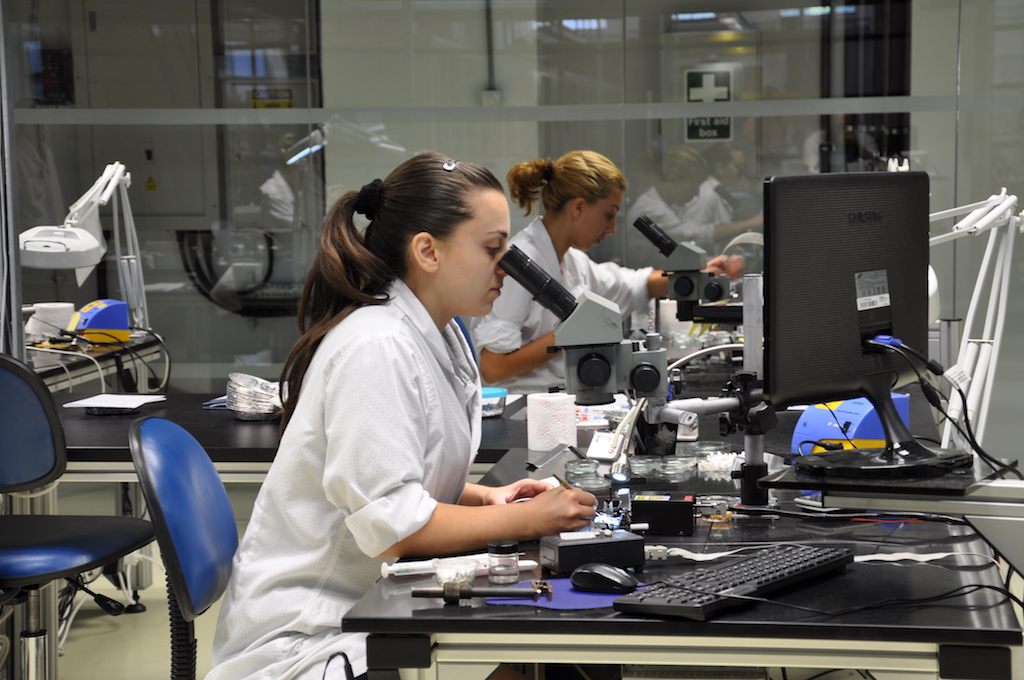
Sentech Malta FP Ltd. (SMF) is a young company manufacturing Fibre Optic Gyroscopes (FOGs). Unlike the classic spinning-mass gyroscope, the FOGs have virtually no moving parts and no inertial resistance to movement. Hence, FOG technology is considered to be one of the most reliable gyroscope technologies.
The company was originally set-up in 2008 and it is based in the Malta with state of the art manufacturing facilities spanning 2,300 m2 at the Mosta TechoPark. Although SMF is a young company, it has very close collaboration with Fizoptika, an experienced world leader in the field of fibre optic gyroscope manufacturer. Fizoptika brings a world of experience having been in the Industry since 1989.
Cultural part: Mdina - Natural History Museum
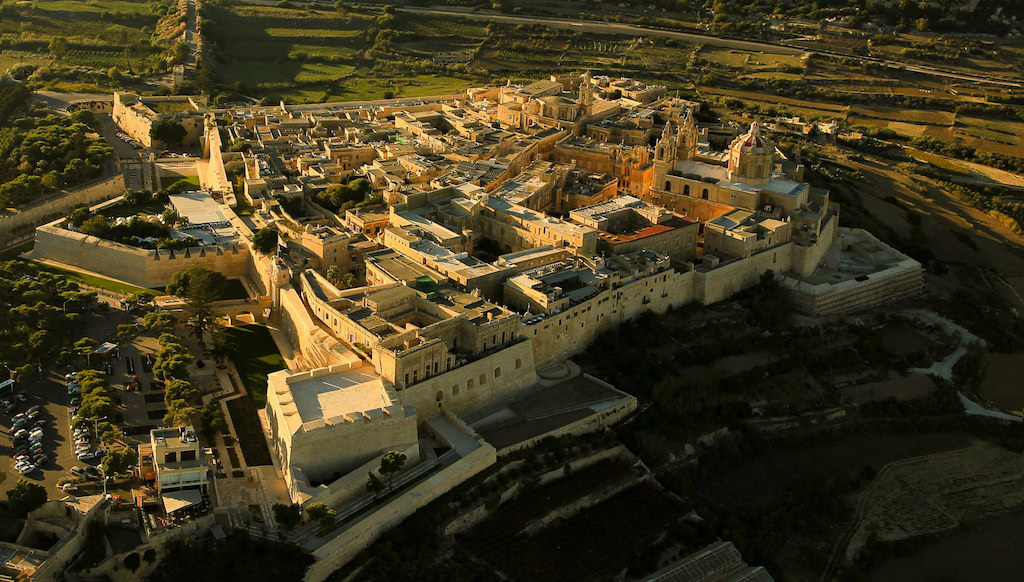
Mdina is a fortified city situated on a hill in the Northern Region of Malta. It served as the island's capital from antiquity until 1530, when the capital was moved to Birgu. Punic remains uncovered beyond the city’s walls suggest the importance of the general region to Malta’s Phoenician settlers. Mdina is commonly called the "Silent City" by natives and visitors. The town is still confined within its walls, and has a population of just under 300.
A city tour together with visits to the main attractions of Mdina will be organized for the participants.
-
Option 5
Scientific part: Mater Dei Hospital
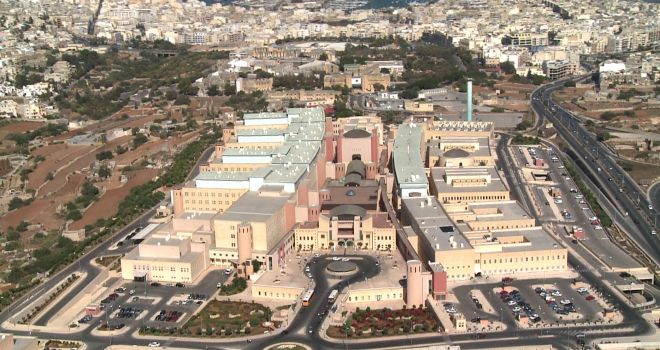
Mater Dei Hospital is the main hospital In Malta, offering a full range of hospital services as well as serving as a general teaching hospital in collaboration with the University of Malta. It also provides an extensive range of specialist services. The areas within Mater Dei Hospital (MDH) and now Sir Anthony Mamo Oncology Centre (SAMOC) where medical physics is mainly applied and practiced are the following: Nuclear medicine (diagnostic and therapeutic), Diagnostic radiography, Radiotherapy.
Cultural part: Valletta - The Palace Armoury

Valletta is the capital city of Malta, colloquially known as "Il-Belt" in Maltese. Geographically, it is located in the South Eastern Region, of the main island of Malta having its western coast with access to the Marsamxett Harbour and its eastern coast in the Grand Harbour. Valletta serves as the southernmost capital city in Europe.
Valletta contains buildings from the 16th century onwards, built during the rule of the Order of St. John, also known as Knights Hospitaller. The city is essentially Baroque in character, with elements of Mannerist, Neo-Classical and Modern architecture in selected areas, though World War II left major scars on the city, particularly the destruction of The Royal Opera House. The City of Valletta was officially recognised as a World Heritage Site by UNESCO in 1980.
-
Option 6
Scientific part: Diagnostic Science Laboratories
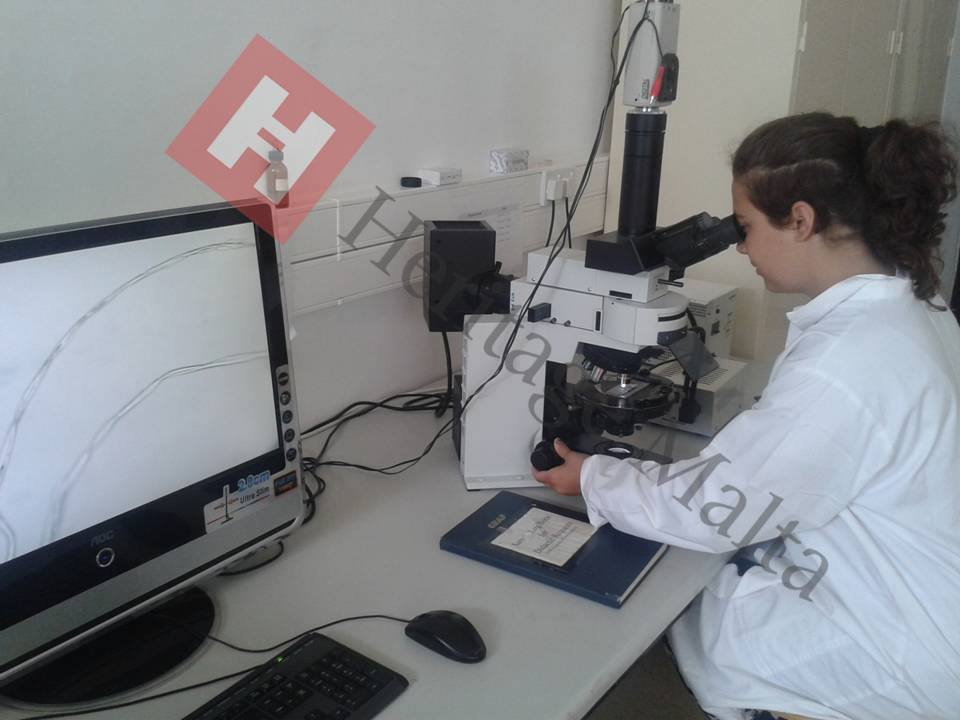
The Diagnostic Science Laboratories (DSL) primary aim is to develop and promote appropriate solutions to the conservation problems of objects, art, architecture, archaeological sites and monuments.
DSL staff members carry out research in a multidisciplinary team effort to ensure the protection of our collections through the application of recent scientific knowledge in accordance with international practices. Scientists provide essential information to conservators about deterioration causes, principal factors influencing the damage mechanisms and compatible treatment options. They also conduct scientific research on the composition of materials, authentication and identification that can contribute to the scholarly interpretation of art and artefacts from the past.
DSL also operates a section dedicated to environmental monitoring and preventive conservation. This section was set up to address the preservation concerns of a vast amount of cultural heritage materials under the care of Heritage Malta and to reduce the real risks to our cultural treasures.
Cultural part: The Three Cities
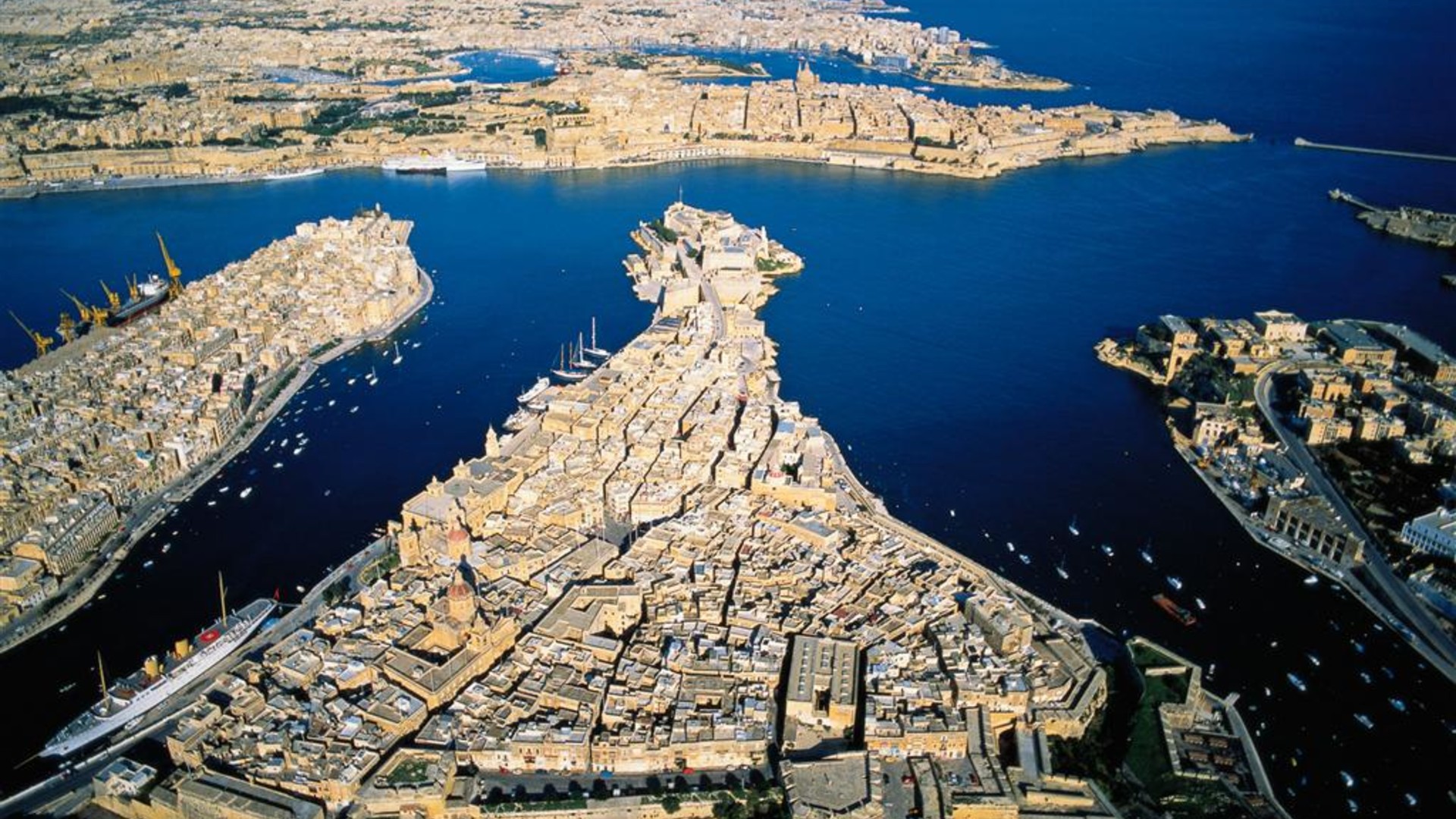
The Three Cities offer an intriguing insight into Malta and its history. Left largely unvisited, these cities are a slice of authentic life as well as a glimpse into Malta's maritime fortunes. The Three Cities can rightly claim to be the cradle of Maltese history, as Vittoriosa (Birgu), Senglea (Isla) and Cospicua (Bormla) have provided a home and fortress to almost every people who settled on the Islands. Their harbour inlets have been in use since Phoenician times: the docks always providing a living for local people, but also leaving them vulnerable when Malta's rulers were at war. As the first home to the Knights of St. John, the Three Cities' palaces, churches, forts and bastions are far older than Valletta's.
The local communities here celebrate holy days and festas as nowhere else on the Islands. The most spectacular events are the Easter processions when statues of the "Risen Christ" are carried at a run through crowded streets.
-
Option 7
Scientific part: Mepa - Zejtun air quality station
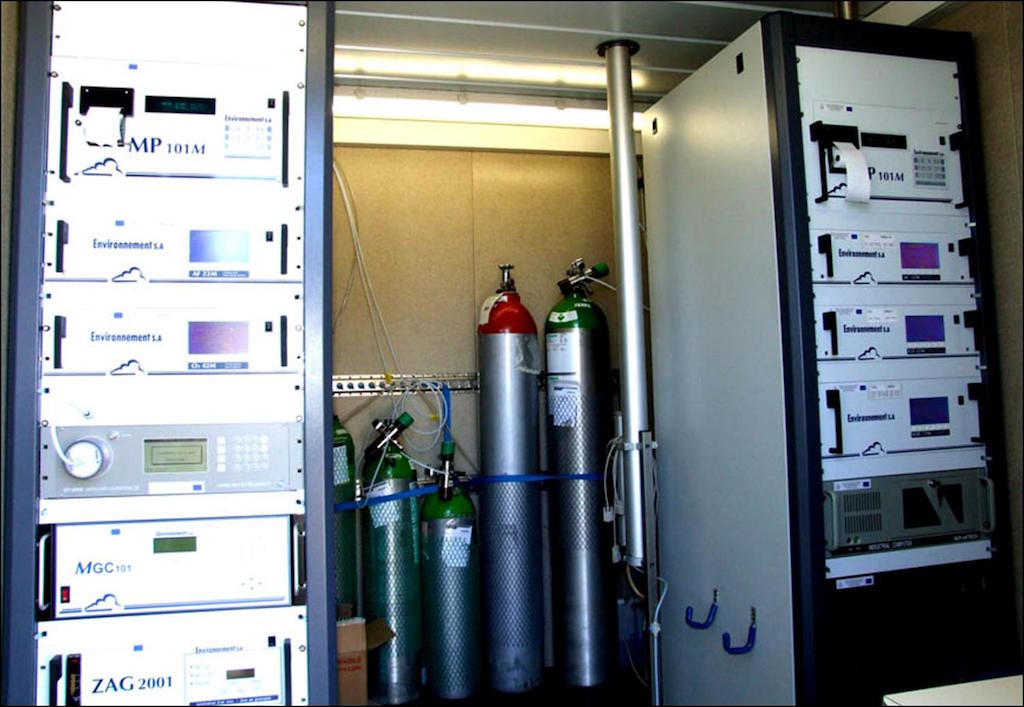
The Malta Environment and Planning Authority (MEPA) is the national agency responsible for land use planning and environmental regulation in Malta. MEPA is also responsible for the implementation of around 200 Directives, Decisions and Regulations under the EU Environmental Acquis. MEPA is responsible for the monitoring of air pollution in ambient outdoor air and for coordinating policy measures. Air quality generally refers to the quantitative presence of potential harmful substances to life and to the environment in the air we breathe.
Most pollutants are the result of anthropogenic activity, with the principal sources being power generation, industry and transport. This is particularly true in urban areas. The Zejtun station is one of the 5 real time air quality stations. It is equipped with instruments measuring PM10, PM2.5, ozone, gaseous mercury and NOx.
Cultural part: Tas-Silġ ruins at Dellimara
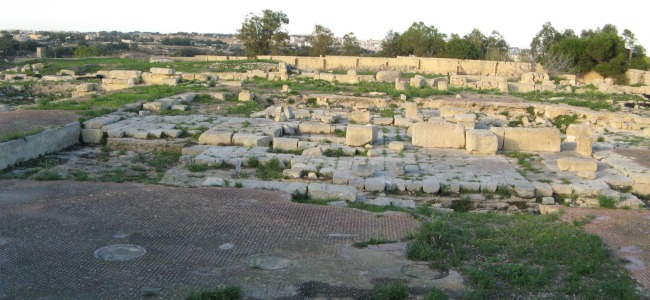
Tas-Silġ is a rounded hilltop overlooking Marsaxlokk Bay, Malta, close to the city of Żejtun. Tas-Silġ is a multi-period sanctuary site covering all eras from Neolithic to the fourth century AD, and due to this it indicates to archaeologists several different layers of excavation. The site takes its name from the nearby Church of Our Lady of the Snow (Maltese: Knisja tal-Madonna tas-Silġ).
-
Option 8
Scientific part: Methode Electronics Malta

Methode Electronics is a leading developer of custom-engineered and application-specific products and solutions utilizing the latest technologies. From biometric identification utilizing the unique characteristics of human skin structure; to magnetic signature sensing of mechanical and electrical properties; to the revolutionary solid-state touch sensitive switches used in today’s appliances and automobiles. Methode leverages the talents of 2,800 employees to serve a diversified group of customers in four market areas: User Interfaces, Sensor and Switches, Power and Data. Methode Malta’s campus in Mriehel is a centre of technological excellence specialising in automotive, industrial radio-remote control and touch-sensor technology.
Cultural part: Valletta – National Museum of Fine Arts

Valletta is the capital city of Malta, colloquially known as "Il-Belt" in Maltese. Geographically, it is located in the South Eastern Region, of the main island of Malta having its western coast with access to the Marsamxett Harbour and its eastern coast in the Grand Harbour. Valletta serves as the southernmost capital city in Europe.
Valletta contains buildings from the 16th century onwards, built during the rule of the Order of St. John, also known as Knights Hospitaller. The city is essentially Baroque in character, with elements of Mannerist, Neo-Classical and Modern architecture in selected areas, though World War II left major scars on the city, particularly the destruction of The Royal Opera House. The City of Valletta was officially recognised as a World Heritage Site by UNESCO in 1980.
-
Option 9
Scientific part: CISK Brewery
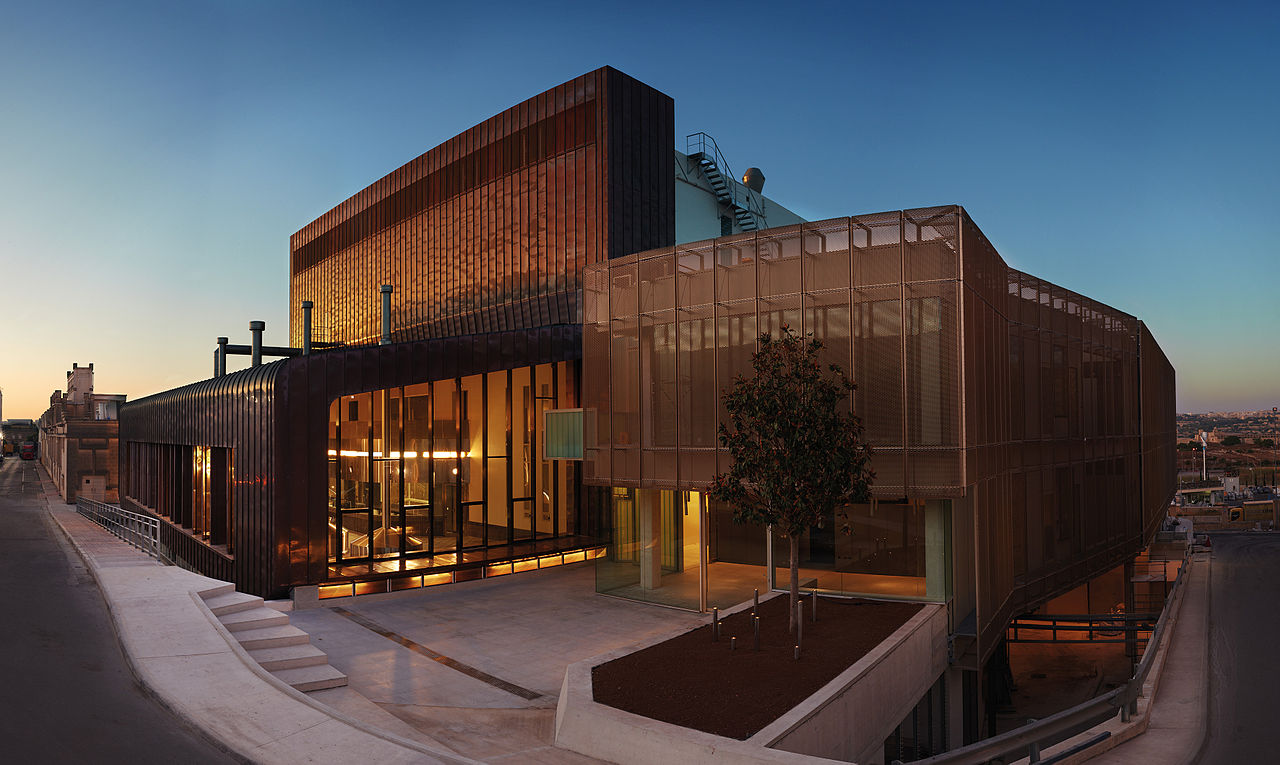
Born in 1929, Cisk Lager was originally launched by the Malta Export Brewery as Cisk Pilsner. The history of Cisk, however, started much earlier than that, when Malta's first privately-owned bank was established by Giuseppe Scicluna in 1840.The Malta Export Brewery merged with Simonds Farsons Limited in 1948 to become Simonds Farsons Cisk as it is known today. Cisk Lager is a beer of excellent quality, rich in tradition and heritage. It is brewed to the highest standards using only the choicest raw materials. Its recipe has remained unchanged since its launch in 1929 as Cisk Pilsner. A key brand in the product portfolio of Simonds Farsons Cisk plc, a leading brewer and beverages producer on the Maltese Islands, Cisk Lager has developed and progressed considerably since its launch 80 years ago – 80 years that closely linked to the industrial and economic evolution of Malta.
Cultural part: San Anton Gardens
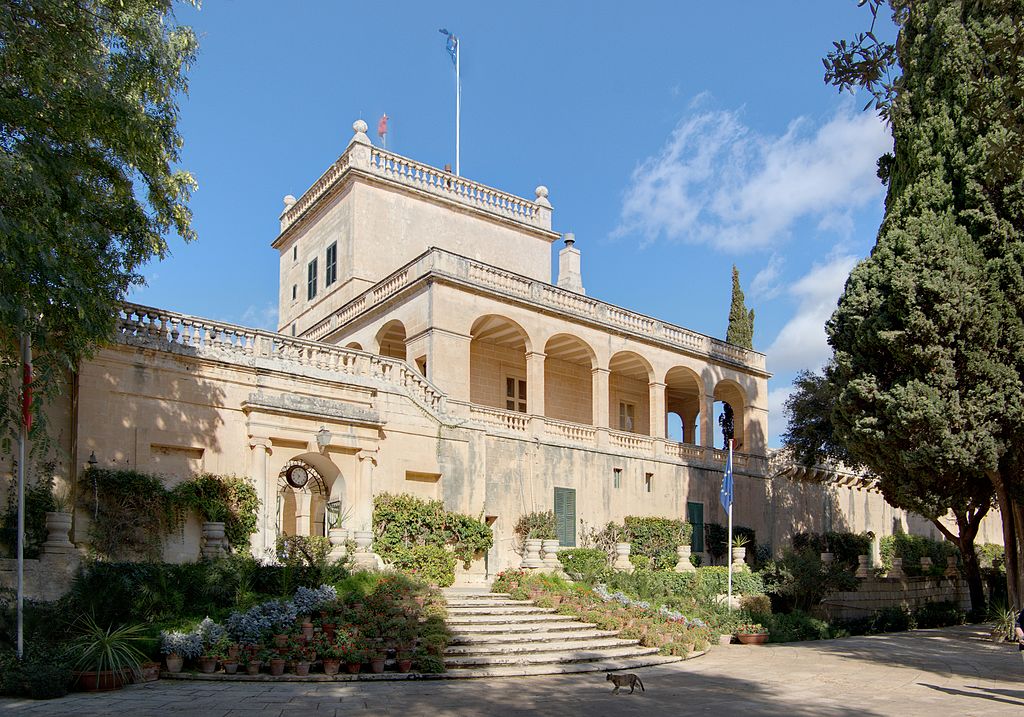
The San Anton Gardens is located in Attard and is one of the most beautiful gardens in Malta with a large variety of beautiful flowers and plants. This garden has been open to the public since 1882 and it was built by Grand Master Antoine de Paule to complement his summer residence, San Anton Palace, which today is the residence of the Maltese President. The garden has several walkways that take you through the green gardens where you will discover fountains, ponds with families of ducks and several plants and flowers such as roses, Bougainvillea, Norfolk, Araucarias as well as other trees from all over the world some of them over three centuries old. The San Anton Gardens are surrounded by walls giving the park a rustic and private atmosphere.
-
Option 10
Cultural part: Valletta - National Museum of Archaeology

The Museum exhibits a spectacular range of artefacts dating back to Malta’s Neolithic period (5000 BC) up to the Phoenician Period (400 BC). On display are the earliest tools used by the prehistoric people to facilitate their daily tasks and representations of animal and human figures; elements which not only show the great artistic skills of the first dwellers of the island but also gives us an insight of their daily lives. Highlights include the ‘Sleeping Lady’ from the Ħal Saflieni Hypogeum, the ‘Venus of Malta’ from Ħaġar Qim, bronze daggers recovered from the Bronze Age layers at Tarxien Temples, and the Horus and Anubis pendant and the anthropomorphic sarcophagus, both belonging to the Phoenician Period. The Museum provides the visitor with a good introduction to the prehistory and early history of the Maltese Island and acts as a catalyst to the other archaeological sites in Malta. Works are currently in progress to include another hall dedicated to the Punic period and others dedicated to the Roman and Byzantine periods in Malta.
Scientific part: Methode Electronics Malta

Methode Electronics is a leading developer of custom-engineered and application-specific products and solutions utilizing the latest technologies. From biometric identification utilizing the unique characteristics of human skin structure; to magnetic signature sensing of mechanical and electrical properties; to the revolutionary solid-state touch sensitive switches used in today’s appliances and automobiles. Methode leverages the talents of 2,800 employees to serve a diversified group of customers in four market areas: User Interfaces, Sensor and Switches, Power and Data. Methode Malta’s campus in Mriehel is a centre of technological excellence specialising in automotive, industrial radio-remote control and touch-sensor technology.
-
Option 11
Talk on Water: Oceanography and Kayaking

Ocean currents around the Maltese Islands play a fundamental role in the local marine health and nutrient transport for ecological and economic reasons. Sea kayaking in Malta and Gozo is one of the best ways to explore the natural beauty of the Maltese Island's shoreline and observe such coastal dynamics very closely. Hence this 'Talk on Water', where Dr. Anthony Galea from the Physical Oceanography Research Group (within the Department of Geosciences, Faculty of Science of the University of Malta) will deliver a lecture on physical oceanography while kayaking along the hypnotizing Munxar cliffs. He will explain how through the CALYPSO project, a number of fully operational HF radars were installed on the northern Malta and southern Sicilian shores capable of recording (in real-time with hourly updates) surface currents in the Malta Channel. Collected data, combined to numerical models, support applications to optimise intervention in case of oil spill response as well as endow tools for search and rescue, security, safer navigation, improved metro-marine forecasts, monitoring of sea conditions in critical areas such as proximity to ports, and better management of the marine space between Malta and Sicily. The group paddle will start from the mesmerizing beach of St. Thomas Bay, kayak along the Munxar cliffs and dazzling Xrobb l-Għaġin from a unique perspective, till the notorious Il-Ħofra l-Kbira at the Eastern Coastline of Malta. A remarkable excursion to remember.